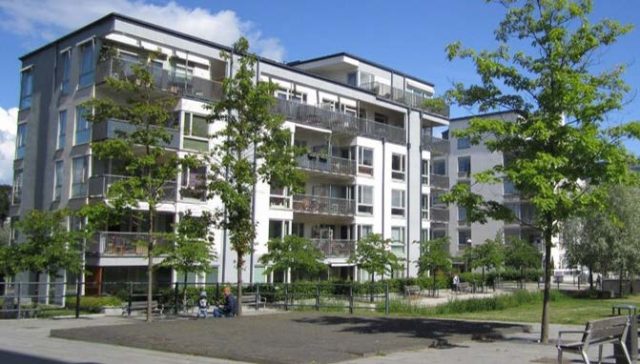Materials and Architectural Character

Regardless of the building design or architectural era, BU has successfully maintained a consistency in materiality which has resulted in a cohesive look to the campus. The tan stone, wood, and concrete that is reflective of the original buildings has carried through in other buildings over time. The quality in materiality – the stone, wood, and concrete – has stood the test of time and is reflected in the buildings today. The use of glass has also been introduced as a new material on campus. A mix of materiality provides interest and diversity in the built environment and is encouraged for the University moving forward.
Campus architecture should be rich with a variety of traditional and contemporary styles.
All buildings should be treated as valued icons for the University. Therefore, the primary criteria for the choice of materials and building details should be sustainability, high quality and longevity, ease of maintenance, and timelessness in design. The consistency in high-quality design, and a cohesiveness in materials and architectural character is what builds campus identity. It shapes the look and feel of the Campus and is an integral part of how Brandon University is defined and assessed outwardly.
It is important to create quality interior environments as well in which the materiality and architectural character creates friendly, bright, and inviting spaces whether it be classroom, study, lab, or social gathering space.
Policies:
- The design of any new building on the Campus should exemplify the highest quality and standard of architecture and evoke an image of excellence and leadership for the University.
- The architectural character of new buildings should be respectful of, and enhance where possible, existing campus buildings, and draw on the assets and qualities of existing building elements.
- Existing design themes and styles that are valued should be carried forward and integrated into new design compositions. This does not mean replicating the existing architecture, but instead, designing to complement and seamlessly integrate a new form that maintains the desired character of place.
- Design buildings with quality interior spaces that enhance the learning and social environments.
